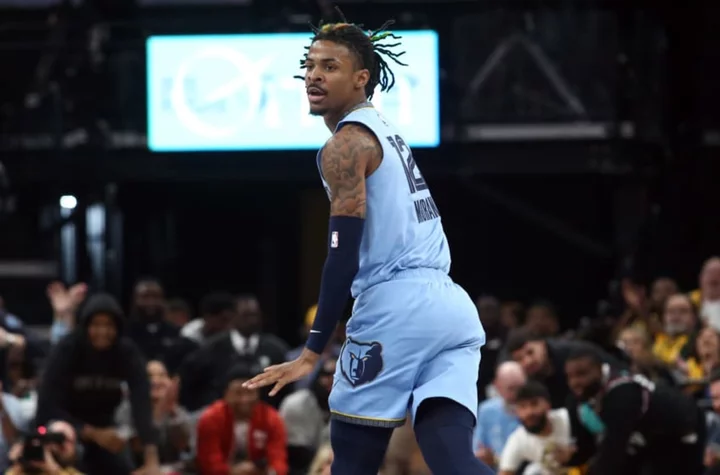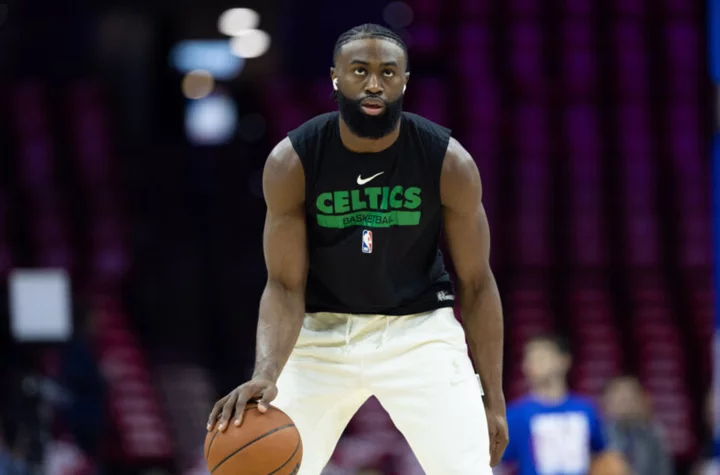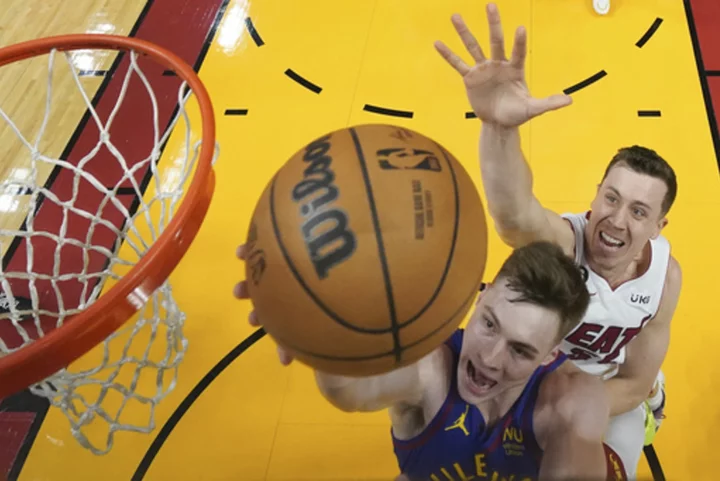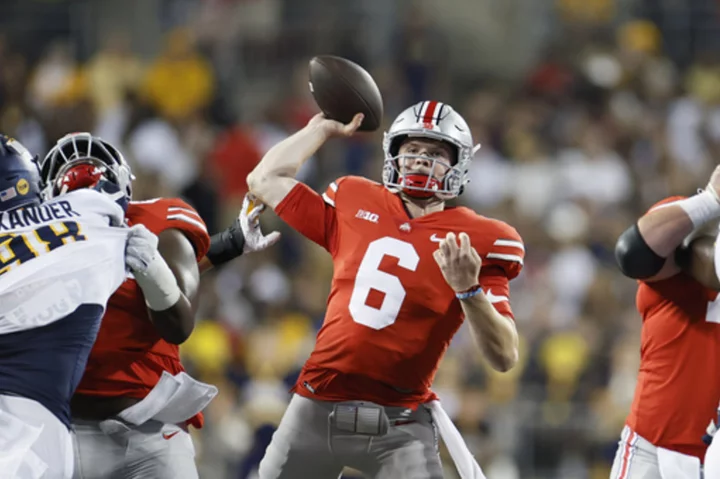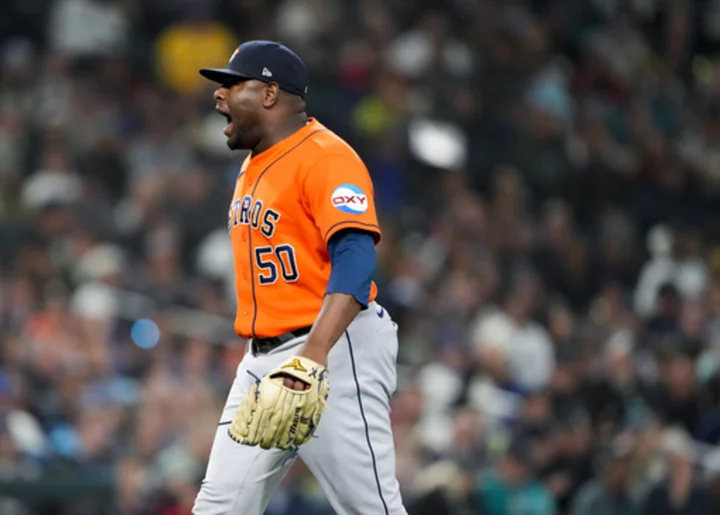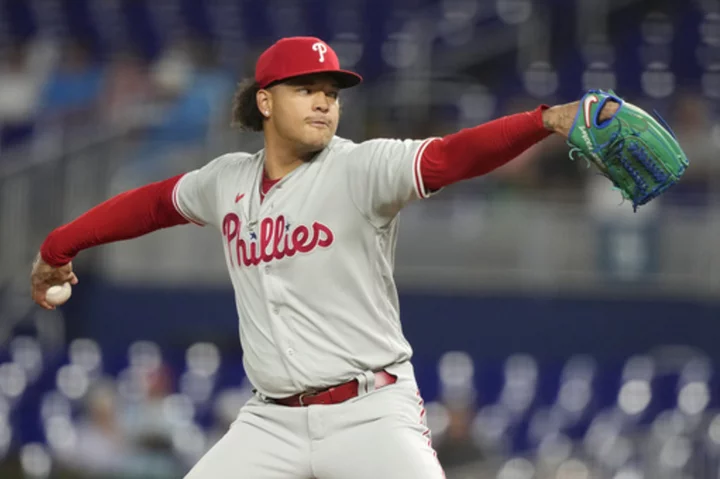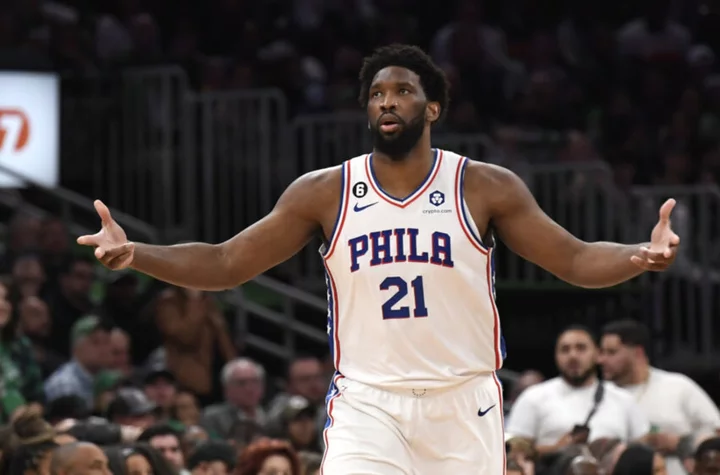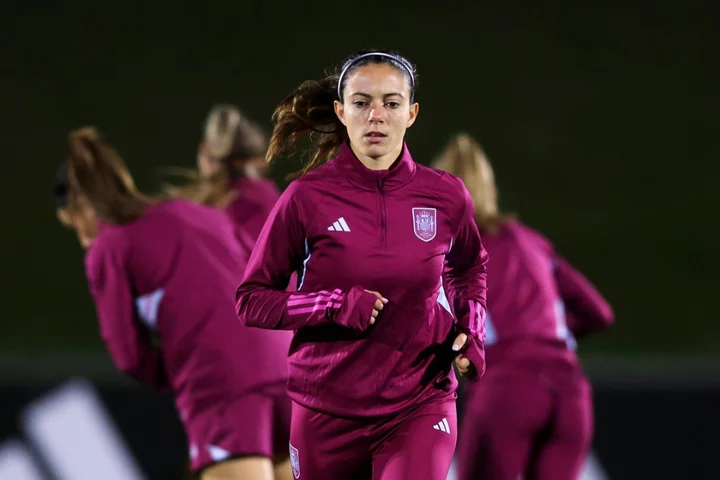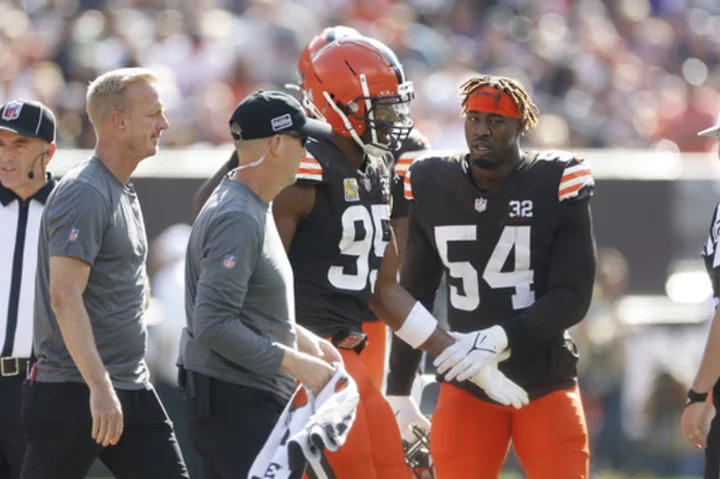I'd like to be able to say that The Step Back — the NBA team here at FanSided — has an infallible track record with preseason predictions. I'd also like to be able to say that Reggie Miller won multiple championships with the Indiana Pacers.
The truth is, we're just as prone to blindspots and overexcitement as any other NBA media outlet and our annual 25-under-25, ranking the best young players in the NBA, is as good an example as any. We absolutely made some mistakes with last year's list, as some of you were helpful enough to point out immediately.
Since this year's list is absolutely perfect, no notes, we're happy to take our lumps by breaking down everything we got wrong last year.
Ja Morant at No. 1
Yeah, this was a big one.
Luka Doncic has been in the No. 1 spot the two previous seasons (and he's back on top this year). But we were caught up in the excitement of the up-and-coming Grizzlies and Ja Morant, their playoff battle with the Warriors and the way he made basketball fun. (For all his brilliance, there's some joy lacking in Doncic's game). I think Joe Mullinax did a nice job capturing the argument for Morant in his profile:
"What draws you to the game is joy — unbridled, unconquered, joy. It brings energy and emotion to people that you may never meet because their experience is a shared one even when it isn't."
Of course, Morant and his Grizzlies turned out to be anything but fun last year. To be fair, he was phenomenal — averaging 26.2 points, 8.1 assists, 5.9 rebounds and 1.1 steals per game. But his shooting percentages dropped precipitously across the board. His offcourt issues cast his oncourt swagger in a very different light and his self-inflicted suspensions cost his team dearly.
So, we were wrong. Luka Doncic should have been No. 1 last year and he's back on the top spot for one more go-around before he ages off this list for good.
Injuries we didn't expect (but maybe should have):
Zion Williamson, LaMelo Ball and Cade Cunningham were all ranked in the top-10 of last year's list and played 77 games combined — not even a full season between the three of them. In Zion's case, injuries maybe should have been factored into our analysis more (and they were this year, with him coming in at No. 8).
I'm not sure we could have forseen injuries to Ball or Cunningham but their unavilability certainly made placed them among the biggest misses from last year's list.
Players we were too low on:
Ty Haliburton, Indiana Pacers — No. 14: Haliburton was ranked No. 14 on last year's list with the thinking being that if he could take what he did for the Pacers in the brief window after he was traded for Domantas Sabonis, and stretch it across an entire season, he'd be a borderline star.
He took that hypothetical and absolutely blew past it, averaging 20.7 points, 10.4 assists, 3.7 rebounds and 1.6 steals per game with 49.0/40.0/87.1 shooting splits. The Pacers were 28-28 in the games he played and his presence was enough to help sell Myles Turner on an extension. He's at least earned a place in the conversation for best young point guard in the league and was, simply put, much better than we expected.
Shai Gilgeous-Alexander, Oklahoma City Thunder — No. 8: Gilgeous Alexander was ranked No. 8 on last year's list but would have been a better wild-card pick for No. 1 than Ja Morant. He averaged 31.4 points, 5.5 assists, 4.8 rebounds and 1.6 assists per game, refusing to let the Thunder tank or slip from relevance and brought them to the brink of a playoff spot.
The biggest thing we missed out on was his transformation into one of the the league's premier 1-on-1 scorers. He averaged 1.06 points per possession on 6.5 isolations per game last season, better efficiency than Steph Curry, Jimmy Butler, Kevin Durant, Kawhi Leonard, Trae Young or Jayson Tatum. No one could keep him out of the paint and he finished the season averaging 23.6 drives per game — the most of any player since at least 2013-14 when the player tracking stats first became available — and shot 51.8 percent on those drives.
We expected him to be versatile and an efficient offensive creator for the Thunder. We didn't expect him to become one of the three or four best perimeter scorers in the entire league.
Franz Wagner, Orlando Magic — No. 27: We, embarrassingly, didn't even have Wagner on our list last year, ranking him No. 27 and including him in our roundup of players who just missed inclusion. At the time, I wrote that Wagner might make us look stupid, saying: "Wagner finished fourth in Rookie of the Year voting but in plenty of other years, he would have led the field. He averaged 15.2 points, 4.5 rebounds and 2.9 assists per game, with decent shooting percentages and fairly effective defense for a rookie. He may be ceding some offensive primacy to Banchero but he's probably more effective as a complementary threat anyway and his shooting percentages could benefit in a big way from the offensive upgrade around him. Wagner could take a quiet step back in his second season but he could just as easily take a big step forward."
It turns out it was the latter.
Despite ceding some offensive primacy to Banchero, he increased his points and assists per game, bumping his true shooting percentage from 55.9 to 58.9. Wagner also proved that his rookie defensive performance wasn't a fluke, with 538's RAPTOR metric estimating his defensive impact to be worth plus-1.8 points per 100 possessions, about the same as Evan Mobley, Caleb Martin, Andrew Wiggins, Kawhi Leonard, Paul George and Dillon Brooks. He's also been remarkably healthy, playing in 156 games across his first two seasons, more than any other player from his draft class.
He will probably continue to be overshadowed by Banchero, but Wagner is the two-way, rock-solid foundation Orlando's future is resting on.
Player we were too high on:
Deandre Ayton, Phoenix Suns — No. 9: He may have been frustrated by the Suns' decision to match the max offer sheet he signed with the Pacers, but Ayton certainly didn't use it to fuel a breakout season as we expected. He was regularly disengaged on defense and far less effective, with his shooting percentages dropping off precipitously. He just didn't want to be in Phoenix anymore and he played like it.
Jordan Poole, Golden State Warriors — No. 19: On a game-by-game basis, Poole can bring feast or famine but last season was a very lean year. Coming off key contributions on the Warriors title run, Poole scored more points but turned the ball over a lot more and say his shooting percentages crater. His defense was terrible and he wasn't efficient enough to make for it on offense, meaning the Warriors were actually outscored when he was on the floor.
Poole saved his worst for last, shooting 34.1 percent from the floor and 25.4 percent from beyond the arc in 13 postseason games. He can get buckets but he may have assumed more responsibility than he could handle in the Warriors' offense last season.
Herb Jones, New Orleans Pelicans — No. 25: Everyone fell in love with Jones' defense during his rookie season, but we might have fallen a bit too hard. He has a strong second season, playing fantastic versatile defense and putting up respectable numbers for a role player. But there was almost no growth season-to-season.
Jones' box score stats and shooting percentages were almost identical in his second year and he wasn't anymore reliable or threatening as a spot-up shooter. He was overshadowed by the emergence of Trey Murphy II and his defense seemed a lot less impactful as the Pelicans struggled with injuries and fell out of the playoff race.
Jones is still a very good role player but we may have been fooling ourselves into seeing a lot more.

